Home>Gardening & Outdoor>Outdoor Structures>What Is The Difference Between A Pergola And A Gazebo?
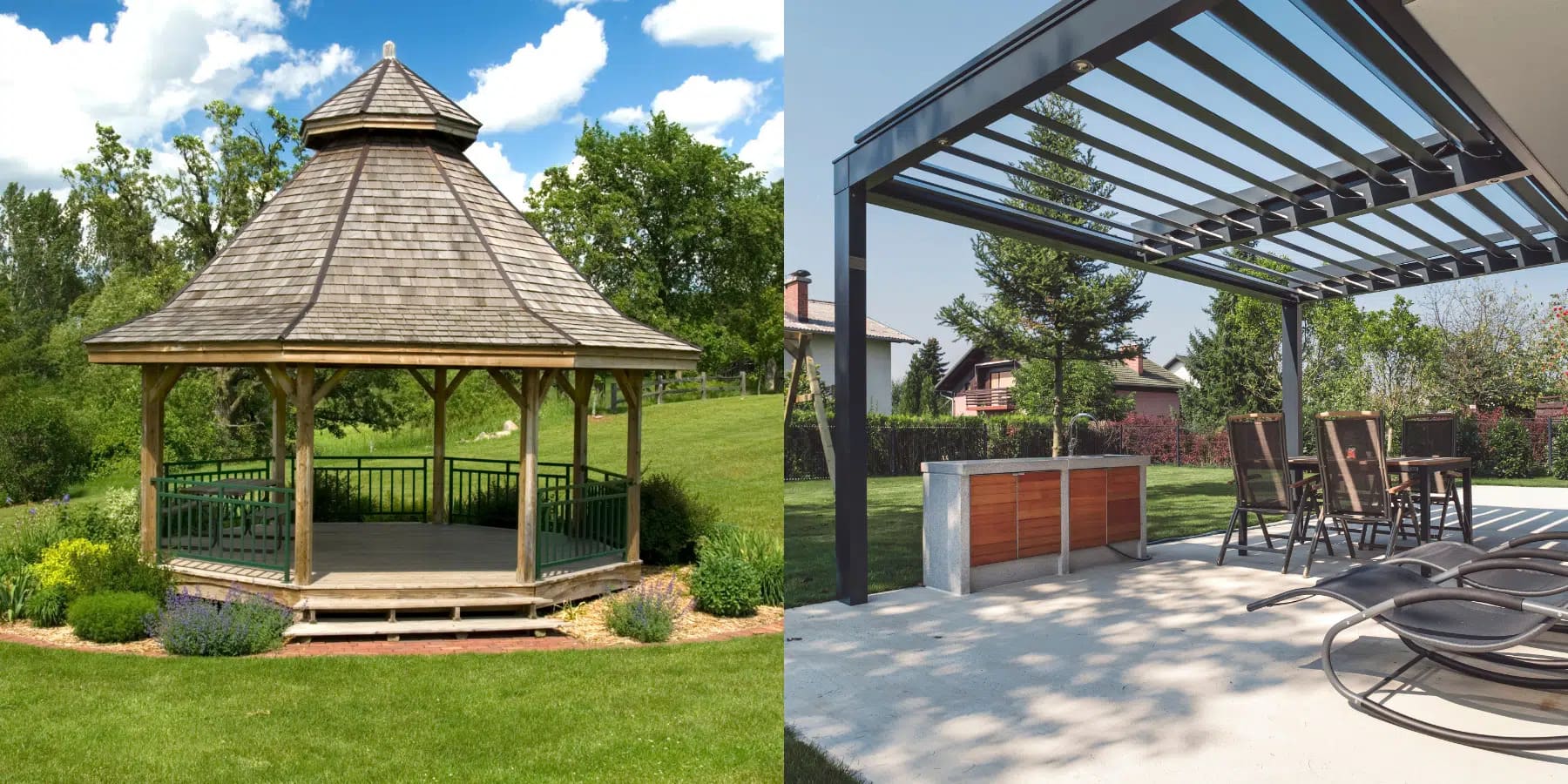

Outdoor Structures
What Is The Difference Between A Pergola And A Gazebo?
Modified: January 19, 2024
Discover the distinctions between pergolas and gazebos to enhance your outdoor space. Explore the benefits and uses of these outdoor structures.
(Many of the links in this article redirect to a specific reviewed product. Your purchase of these products through affiliate links helps to generate commission for Storables.com, at no extra cost. Learn more)
Introduction
When it comes to enhancing outdoor spaces, pergolas and gazebos are two popular structures that can elevate the aesthetics and functionality of a backyard or garden. While both provide shelter and add character to an outdoor area, they have distinct differences in terms of design, structure, and usage. Understanding these differences can help homeowners make informed decisions when considering which option best suits their needs and preferences. In this article, we will delve into the defining characteristics of pergolas and gazebos, highlighting their unique features and purposes. By the end, you will have a comprehensive understanding of the differences between these two outdoor structures, empowering you to make the right choice for your outdoor space.
Key Takeaways:
- Pergolas are open-roof structures perfect for outdoor dining and relaxation, while gazebos offer sheltered, intimate spaces for quiet retreats and social gatherings. Both enhance outdoor areas in unique ways.
- Understanding the differences empowers homeowners to choose the best structure for their outdoor space, whether seeking an open, airy gathering space or a sheltered, secluded retreat. Pergolas and gazebos offer versatile options for enhancing outdoor living areas.
Definition of a Pergola
A pergola is an outdoor structure that consists of vertical posts or pillars that support cross-beams and an open lattice, often forming a shaded walkway, passageway, or sitting area. The defining feature of a pergola is its open-roof design, which allows for partial shade and a sense of openness. Pergolas can be attached to a building or stand alone within a garden or yard.
Traditionally, pergolas are constructed with vertical posts that support a series of evenly spaced horizontal beams, creating an open, airy framework. The top of the pergola is typically covered with wooden slats or lattice, providing partial shade while still allowing sunlight to filter through. This design offers a balance between shelter and openness, making pergolas an inviting space for outdoor gatherings, relaxation, or as a focal point in a landscape.
One of the key characteristics of pergolas is their versatility in terms of customization. They can be tailored to suit various architectural styles and landscape designs, and homeowners have the flexibility to add elements such as climbing plants, fabric canopies, or lighting to enhance the aesthetic appeal and functionality of the structure.
Overall, pergolas are known for their open, inviting nature, providing a defined yet unenclosed space that seamlessly integrates with the surrounding environment. Their design encourages the interplay of light and shadow, creating a captivating atmosphere that is ideal for outdoor dining, lounging, or simply enjoying the beauty of nature.
Definition of a Gazebo
A gazebo is a freestanding, octagonal or hexagonal outdoor structure with a roof and open sides, often placed in a garden, park, or spacious backyard. Unlike pergolas, gazebos are fully enclosed, providing a more sheltered and intimate space for various activities.
Typically, gazebos feature a solid roof supported by pillars or columns, creating a defined and protected area within an outdoor setting. The roof can take various forms, such as a tiered, pagoda-style roof, a simple pitched roof, or a more intricate design with decorative elements. The sides of a gazebo are open, allowing for ventilation and a connection with the surrounding landscape while providing some protection from the elements.
Gazebos are often designed to serve as a focal point in a garden or as a standalone structure in a picturesque setting. Their architectural elegance and timeless appeal make them well-suited for hosting small gatherings, enjoying a peaceful retreat, or simply admiring the surrounding scenery. Some gazebos may also be equipped with built-in seating or benches, further enhancing their functionality as a cozy outdoor retreat.
One of the defining characteristics of gazebos is their ability to create a sense of enclosure and privacy while still embracing the outdoor environment. This makes them an ideal choice for those seeking a dedicated space for relaxation, contemplation, or socializing, with the added benefit of protection from direct sunlight and light rain.
Overall, gazebos exude a sense of charm and sophistication, adding a touch of elegance to any outdoor space. Their structured design and sheltered nature make them a versatile option for creating a cozy retreat or a charming focal point within a garden or landscape.
When differentiating between a pergola and a gazebo, remember that a pergola typically has an open roof with cross beams, while a gazebo has a closed roof and is often a more enclosed structure.
Design and Structure Differences
One of the primary distinctions between pergolas and gazebos lies in their design and structure, which significantly influence their appearance and functionality.
- Pergola Design and Structure: Pergolas are characterized by their open-roof design, supported by vertical posts and cross-beams. The open lattice or slatted roof allows for partial shade and a play of light and shadow. Pergolas are often designed to create a defined outdoor space while maintaining a sense of openness and connection with the surrounding environment. Their structure is typically more minimalistic, emphasizing the interplay of architectural elements and natural light.
- Gazebo Design and Structure: In contrast, gazebos feature a fully enclosed roof supported by pillars or columns, creating a sheltered and intimate space. The solid roof provides more substantial protection from the elements, and the open sides maintain a connection with the outdoors while offering a sense of enclosure and privacy. Gazebos are known for their structured and elegant appearance, often serving as a focal point within a garden or landscape.
These design and structural differences result in distinct visual and experiential qualities. Pergolas offer a more open and airy ambiance, ideal for creating a relaxed and inviting outdoor setting, while gazebos provide a more sheltered and intimate space, suitable for moments of seclusion and contemplation.
Furthermore, the architectural style and detailing of pergolas and gazebos can vary widely, allowing homeowners to choose a structure that complements their outdoor space and reflects their aesthetic preferences. Whether it’s the clean lines and minimalism of a pergola or the classic elegance of a gazebo, these structures can be tailored to harmonize with diverse architectural themes and landscaping styles.
Ultimately, the design and structure of pergolas and gazebos play a pivotal role in shaping the overall ambiance and functionality of outdoor spaces, offering homeowners versatile options for enhancing their gardens, patios, or backyard retreats.
Function and Use Differences
Understanding the distinct functions and uses of pergolas and gazebos is essential for determining how these structures can best serve the needs and preferences of homeowners in creating inviting outdoor spaces.
- Pergola Function and Use: Pergolas are versatile outdoor structures that are well-suited for creating inviting and multifunctional spaces. Their open-roof design allows for the interplay of light and shadow, making them ideal for outdoor dining areas, relaxation zones, or as a framework for climbing plants and vines. Pergolas can also serve as transitional elements, defining pathways or entrances within a garden or landscape. Additionally, they provide a visually appealing backdrop for outdoor gatherings and socializing, offering a balance of shelter and openness.
- Gazebo Function and Use: Gazebos, with their enclosed roof and open sides, are designed to provide a more sheltered and intimate space within an outdoor setting. Their primary function often revolves around creating a dedicated area for relaxation, contemplation, or small gatherings. Gazebos offer protection from direct sunlight, light rain, and provide a sense of enclosure, making them well-suited for quiet retreats, reading nooks, or as a charming setting for intimate conversations and social gatherings.
These differences in function and use stem from the contrasting designs and structures of pergolas and gazebos. While pergolas excel at creating open and inviting spaces for various activities, gazebos cater to the need for a more secluded and sheltered environment within an outdoor setting.
Furthermore, the versatility of pergolas allows homeowners to adapt the space to different uses and activities, such as outdoor entertaining, al fresco dining, or simply enjoying the beauty of the surrounding landscape. On the other hand, gazebos provide a more defined and sheltered space, offering a sense of privacy and tranquility for moments of relaxation and reflection.
Ultimately, the function and use differences between pergolas and gazebos provide homeowners with distinct options for shaping their outdoor environments, catering to a range of preferences, from open-air gatherings to secluded retreats.
Conclusion
As we’ve explored the defining characteristics of pergolas and gazebos, it becomes evident that these outdoor structures offer distinct features and functionalities, each contributing to the enhancement of outdoor spaces in unique ways. While both pergolas and gazebos provide shelter and add visual interest to gardens, patios, and yards, their differences in design, structure, and use make them suitable for varying preferences and purposes.
Pergolas, with their open-roof design and versatile nature, create inviting and multifunctional spaces that are ideal for outdoor dining, relaxation, and social gatherings. Their minimalistic yet visually striking appearance allows for the interplay of light and shadow, making them an attractive addition to any outdoor setting.
On the other hand, gazebos, with their enclosed roof and open sides, offer a more sheltered and intimate space, providing a sense of privacy and tranquility within an outdoor environment. Their structured design and timeless appeal make them well-suited for creating cozy retreats, charming focal points, and serene havens for quiet contemplation.
Understanding the differences between pergolas and gazebos empowers homeowners to make informed decisions when considering which structure best complements their outdoor space and aligns with their lifestyle and aesthetic preferences. Whether seeking an open and airy gathering space or a sheltered and secluded retreat, both pergolas and gazebos offer versatile options for enhancing outdoor living areas.
Ultimately, the choice between a pergola and a gazebo hinges on individual needs, desired functionality, and the overall ambiance one wishes to create in their outdoor oasis. By carefully considering these differences, homeowners can embark on a journey to transform their outdoor spaces into inviting, captivating, and personalized retreats that seamlessly blend with the natural beauty of the surrounding landscape.
Frequently Asked Questions about What Is The Difference Between A Pergola And A Gazebo?
Was this page helpful?
At Storables.com, we guarantee accurate and reliable information. Our content, validated by Expert Board Contributors, is crafted following stringent Editorial Policies. We're committed to providing you with well-researched, expert-backed insights for all your informational needs.



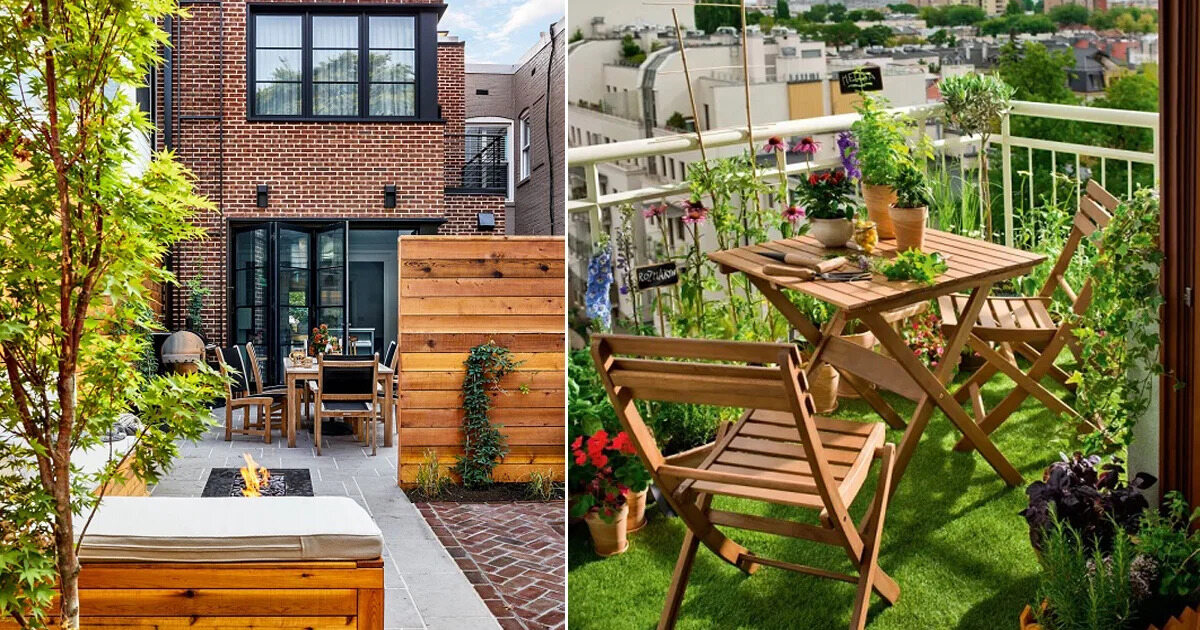
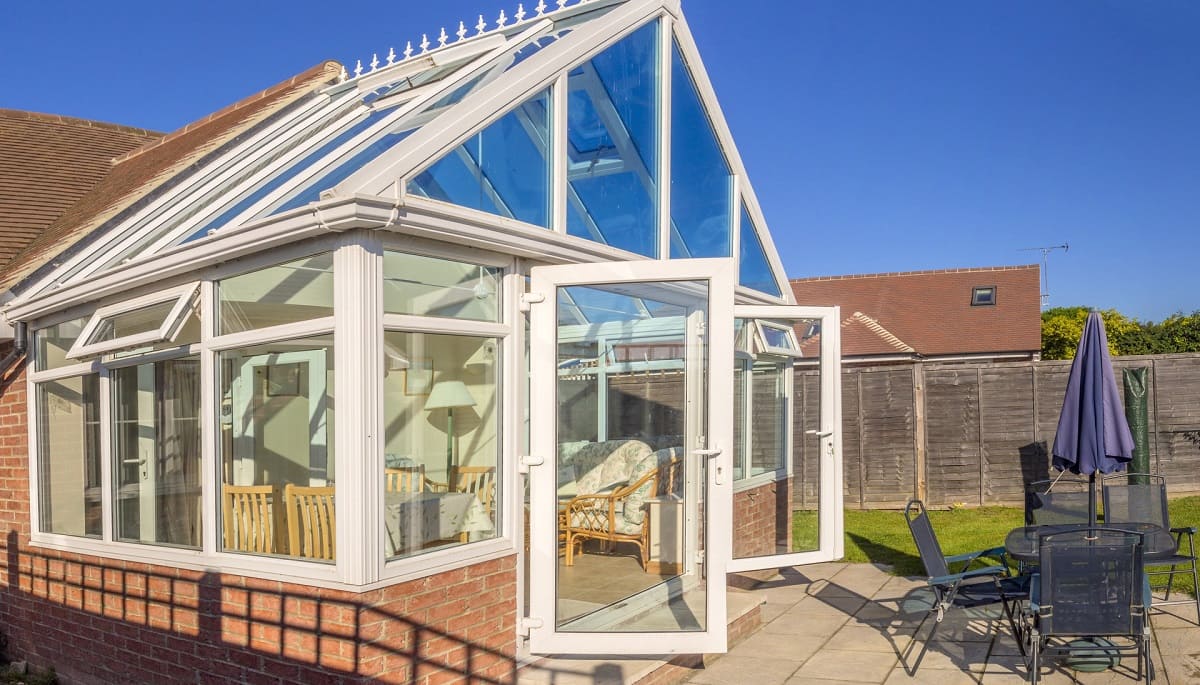
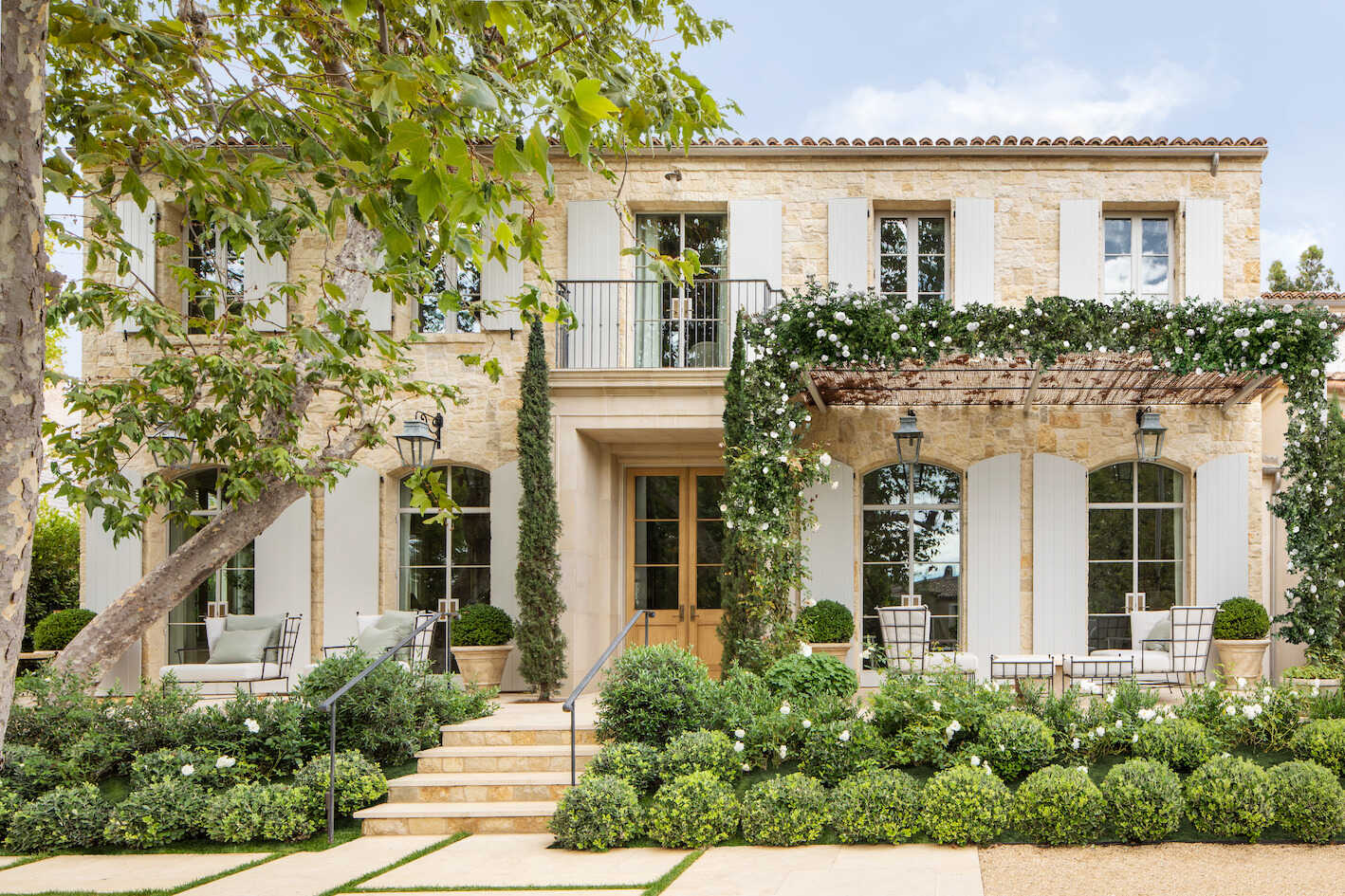

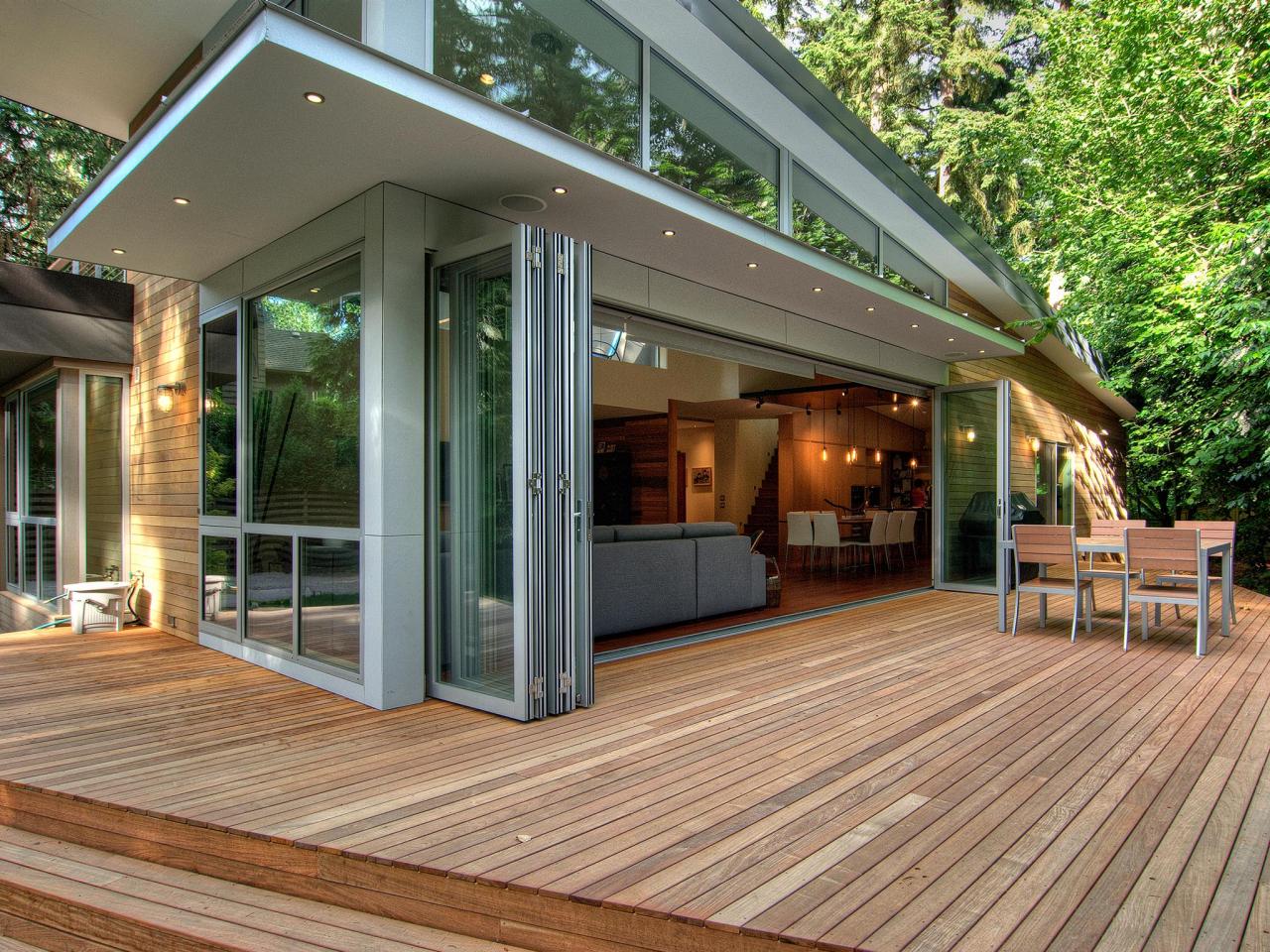
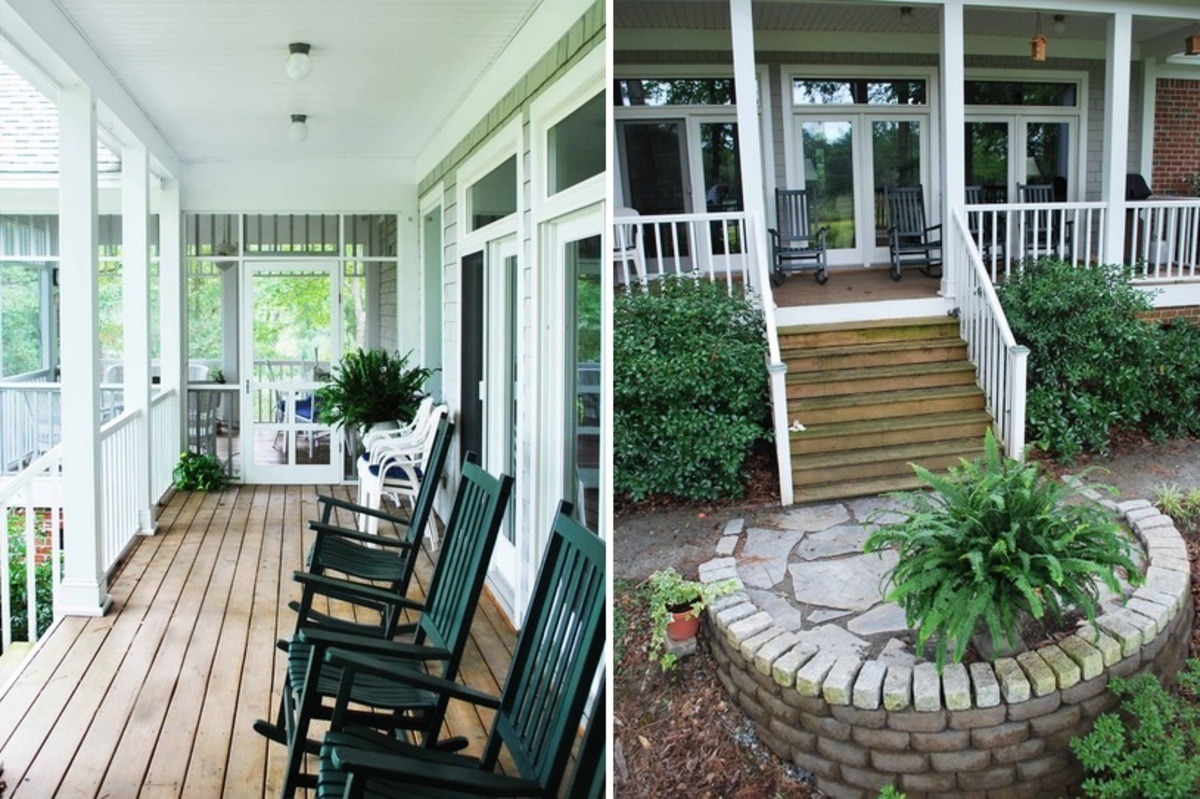
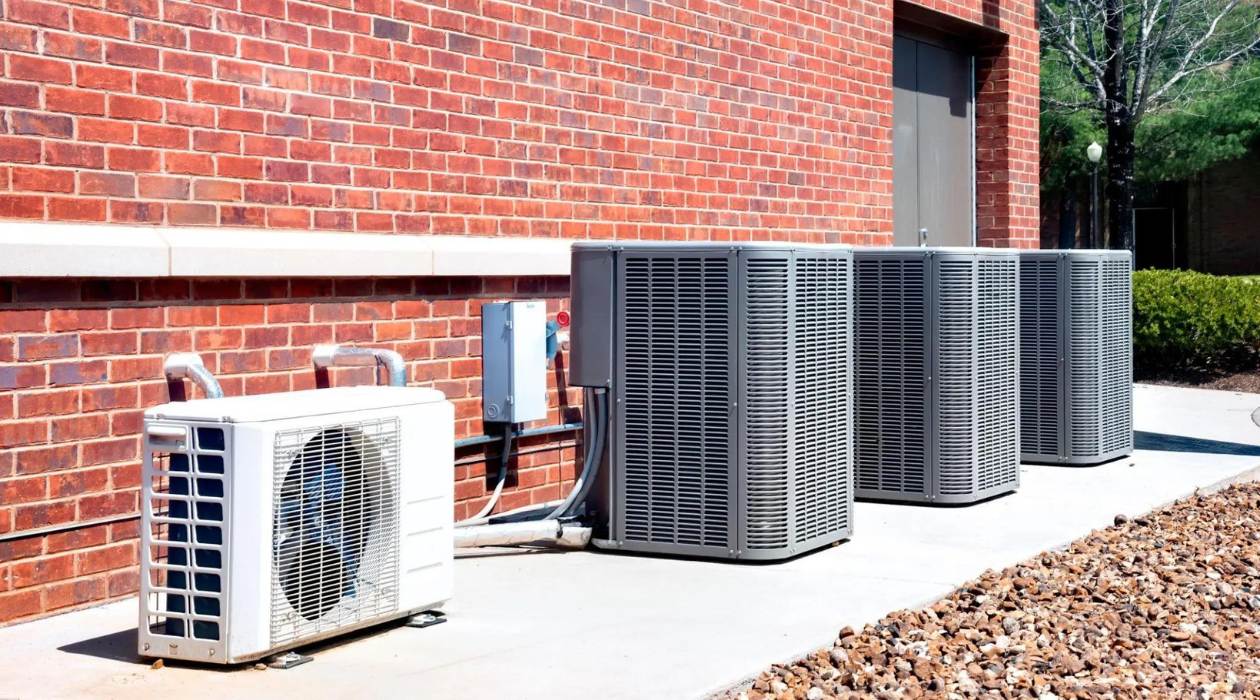
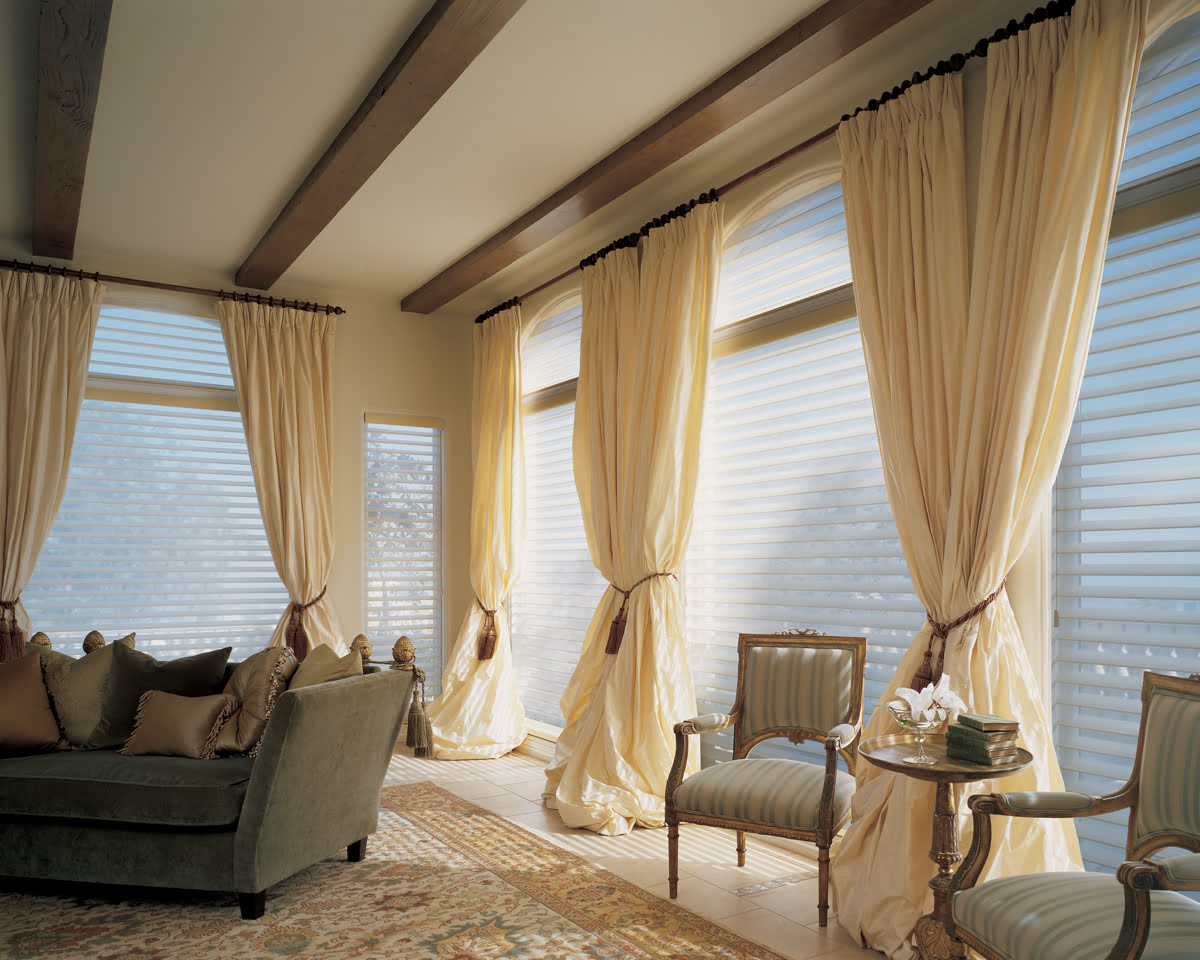
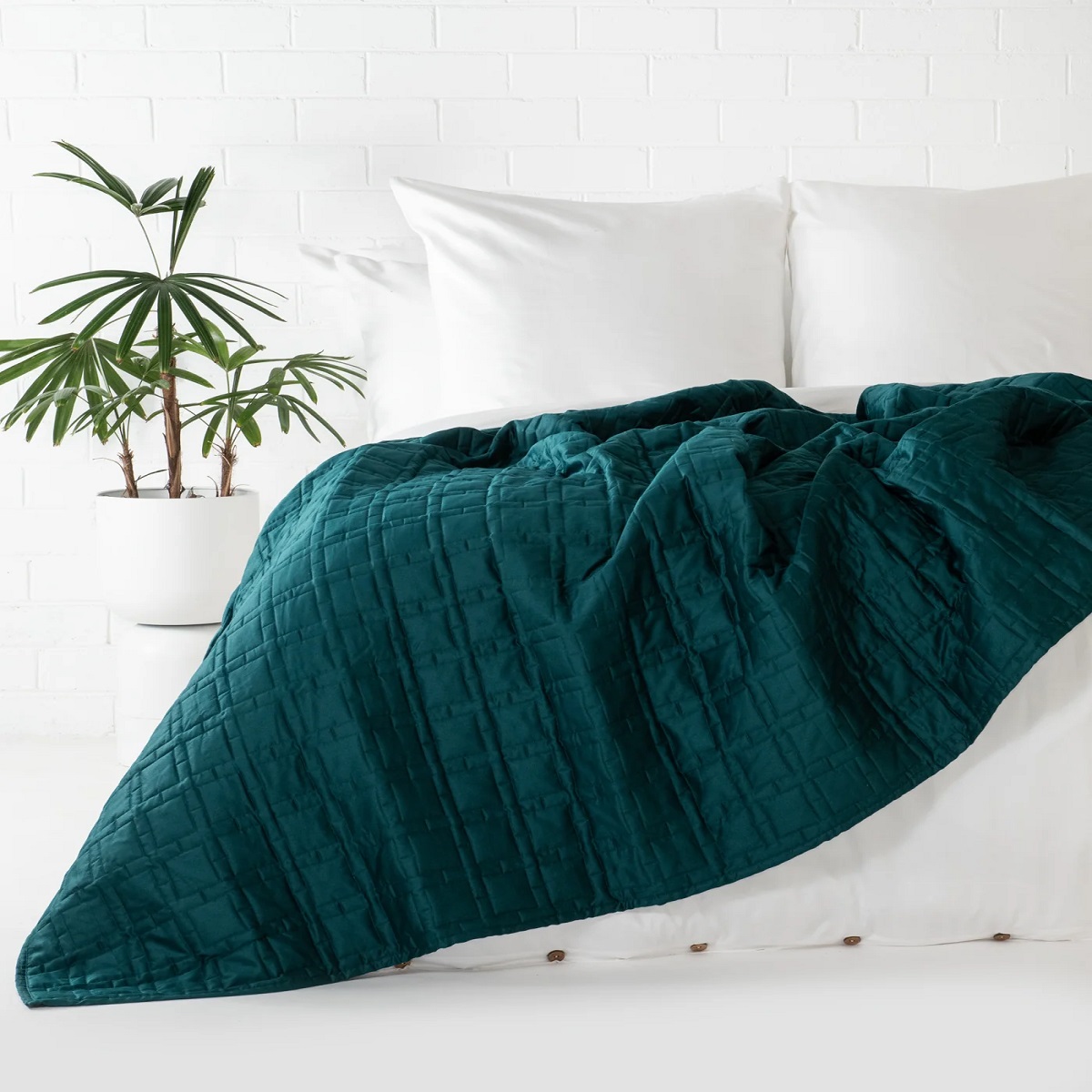
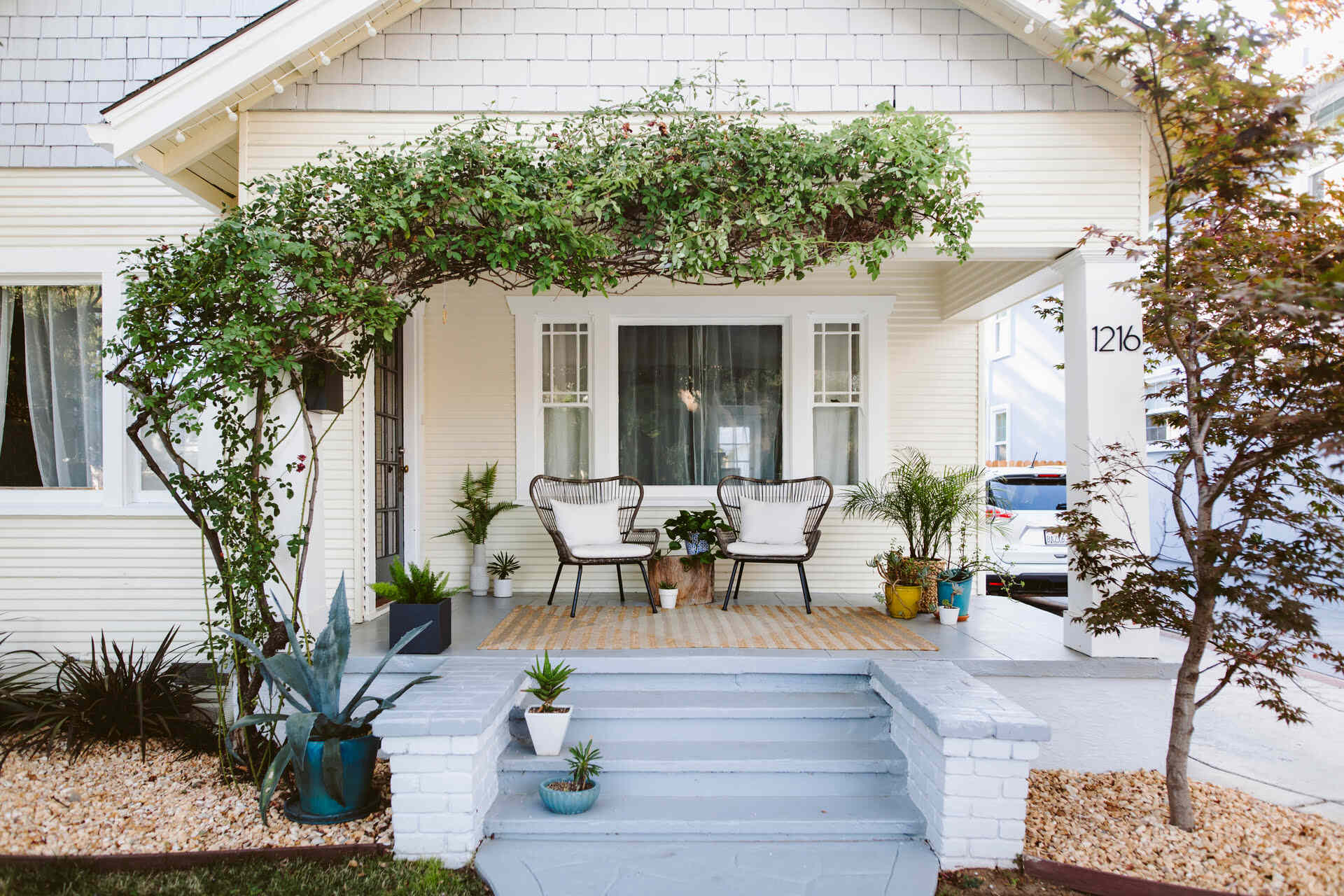


0 thoughts on “What Is The Difference Between A Pergola And A Gazebo?”